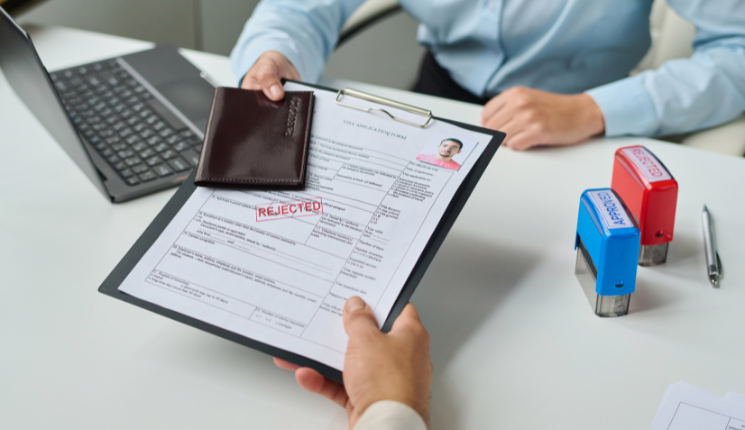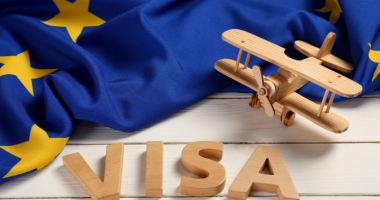Schengen visa rejection can ruin your travel plans — and surprisingly, it happens more often than most people expect. Whether you’re visiting Paris, Amsterdam, or Barcelona, getting that visa is step one. Yet, many travelers face rejection due to small, preventable mistakes.
Let’s break down why applications get denied and how you can avoid those common traps. Ready? Let’s make sure your next Schengen visa gets the green light.
1. Incomplete Documents Cause Schengen Visa Rejection
Submitting incomplete or inconsistent documents is one of the main causes of Schengen visa rejection. Missing even one document can lead to automatic refusal.

How to avoid it:
- Follow the embassy-specific checklist carefully.
- Ensure documents are translated and certified where needed.
- Double-check for all necessary signatures and dates.
Tools like iVisa and Visa Guide World help organize and track required documents easily.
2. Poor Itinerary Triggers Schengen Visa Rejection Doubts
A vague or poorly written travel plan makes it hard for the consulate to understand your purpose. This is a common reason for Schengen visa refusal.

How to avoid it:
- Provide a detailed, date-specific itinerary.
- Include flight and hotel reservations matching your application dates.
- Make sure your itinerary matches your insurance and leave letters.
Use Google Travel or TripIt to professionally present your travel schedule.
3. Unclear Purpose Results in Schengen Visa Denial
An uncertain or confusing explanation of your travel plans can trigger Schengen visa denial, especially when your documents don’t back up your stated purpose.
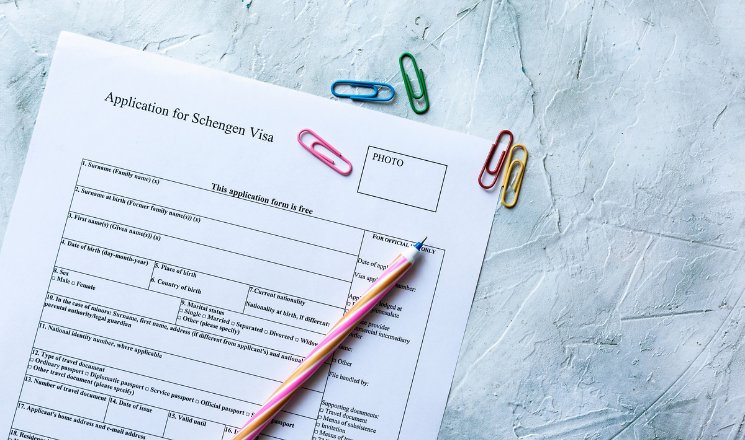
How to avoid it:
- Write a clear cover letter stating your trip’s intent.
- Include relevant proof like invitations or event registrations.
- Attach ties to your home country (job, family, education).
Be honest and precise to gain credibility.
4. Financial Issues Often Lead to Schengen Visa Rejection
If your finances look unstable or unverified, the embassy might issue a Schengen visa rejection based on insufficient funds or suspicious transactions.
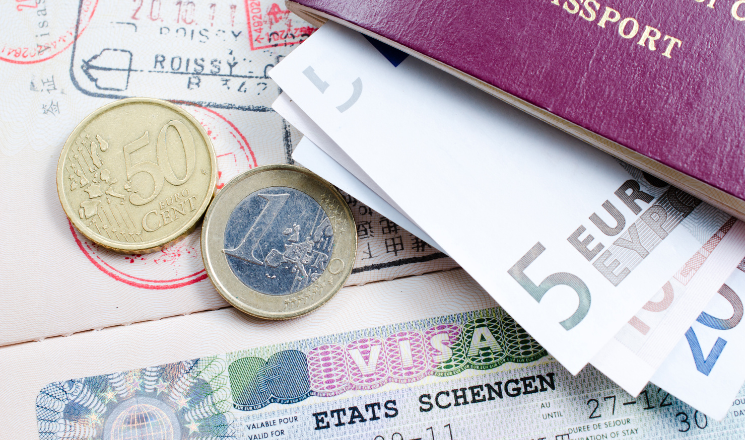
How to avoid it:
- Submit stamped bank statements for at least 3–6 months.
- Explain any large deposits in your cover letter.
- Attach payslips, employment letters, or tax returns for extra support.
Stable, clear finances build trust.
5. Invalid Travel Insurance Causes Visa Denial
Submitting insurance that doesn’t meet Schengen rules is a frequent reason for visa denial, even if it looks valid at first glance.

How to avoid it:
- Buy a policy that covers €30,000 or more, valid across all Schengen countries.
- Ensure coverage includes medical emergencies and repatriation.
- Match the dates on your insurance to your itinerary.
Trusted options: Allianz Travel, AXA Schengen.
6. Passport Issues Behind Schengen Visa Rejection
Your application may be flawless, but if your passport doesn’t meet basic criteria, you could still face Schengen visa rejection.
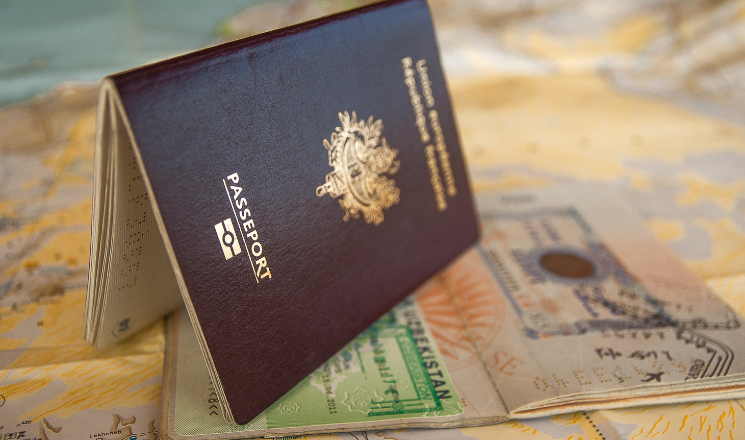
How to avoid it:
- Ensure your passport is valid for 3+ months after your trip ends.
- Have at least two blank pages.
- Renew early if it’s damaged, heavily stamped, or expiring soon.
Don’t overlook this simple but crucial detail.
7. Prior Overstays Cause Visa Refusals
A history of overstaying a previous visa can heavily influence the decision and often leads to a Schengen visa refusal.
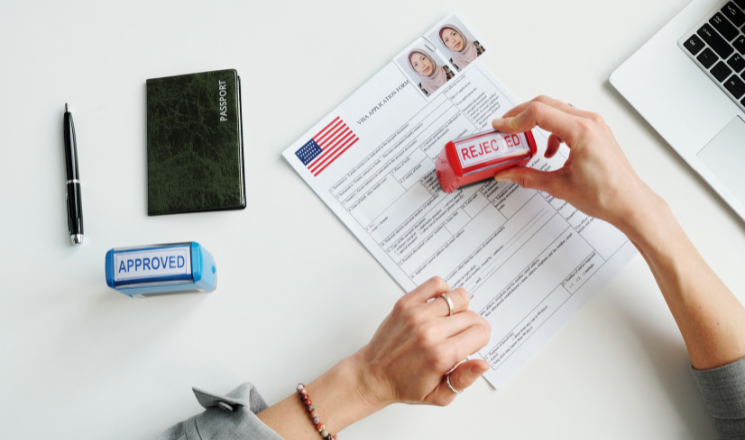
How to avoid it:
- Disclose past overstays or refusals in your application, if required.
- Show stronger home ties or improved financial stability.
- Provide evidence of responsible travel since then (past visas, return tickets).
Mistakes can be forgiven — if you show growth and responsibility.
8. Fake Documents Lead to Immediate Rejection
Attempting to use fake documents is one of the most serious reasons for Schengen visa rejection — and may result in long-term bans.

How to avoid it:
- Always provide authentic, verifiable documents.
- If you don’t have something, explain why — honestly.
- Understand that embassies verify bank, job, and ID documents thoroughly.
Stick to the truth — always.
9. Late Visa Applications Often Face Rejection
Applying too close to your travel date can risk delays, errors, or worse — Schengen visa rejection due to incomplete processing time.

How to avoid it:
- Apply at least 2–4 weeks before your trip.
- Some countries allow applications up to 6 months in advance.
- Don’t wait for flight sales — visa comes first.
Use the Schengen Visa Calculator to time your application smartly.
10. Weak Home Country Ties Trigger Rejection
When the embassy suspects you won’t return after your trip, it often results in Schengen visa rejection due to weak home ties.

How to avoid it:
- Submit proof of employment, education, or family obligations.
- Attach property documents or lease agreements if available.
- Include a No Objection Certificate from your employer or school.
These show your intention to return — which is exactly what they want to see.
Final Tips to Prevent Schengen Visa Rejection
Now that we’ve explored the top reasons for Schengen visa rejection, it’s clear that most are entirely avoidable. Still, many applicants overlook simple fixes, which leads to unnecessary denials.
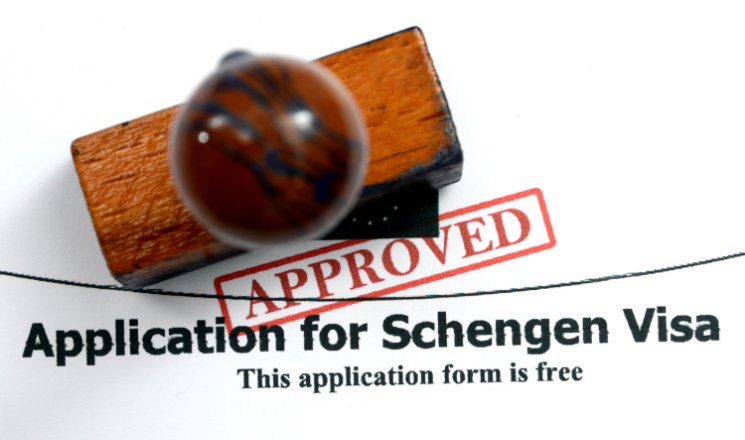
To sum it all up:
- Firstly, organize your application with care and include every required item.
- Secondly, write a personalized cover letter that explains your trip and ties all your documents together.
- Furthermore, avoid last-minute submissions, and be honest in your paperwork.
- Finally, during your interview, be respectful, calm, and clear in your answers.
If needed, you can also use platforms like VisaHQ or consult local visa experts to double-check your file before submitting. That extra step often makes a huge difference.
Conclusion: Be Smart, Avoid Rejection
Facing a Schengen visa rejection can be discouraging, especially when you’re excited to visit amazing places like Barcelona, Amsterdam, or Venice. But the good news? Most rejections are avoidable.
Now you know what to look out for — and more importantly, how to fix it before applying. Get organized, stay honest, and make your documents work together to tell a clear, trustworthy story.
Still unsure? Reach out for guidance — or grab a free cover letter template to get started. Your European adventure awaits!

